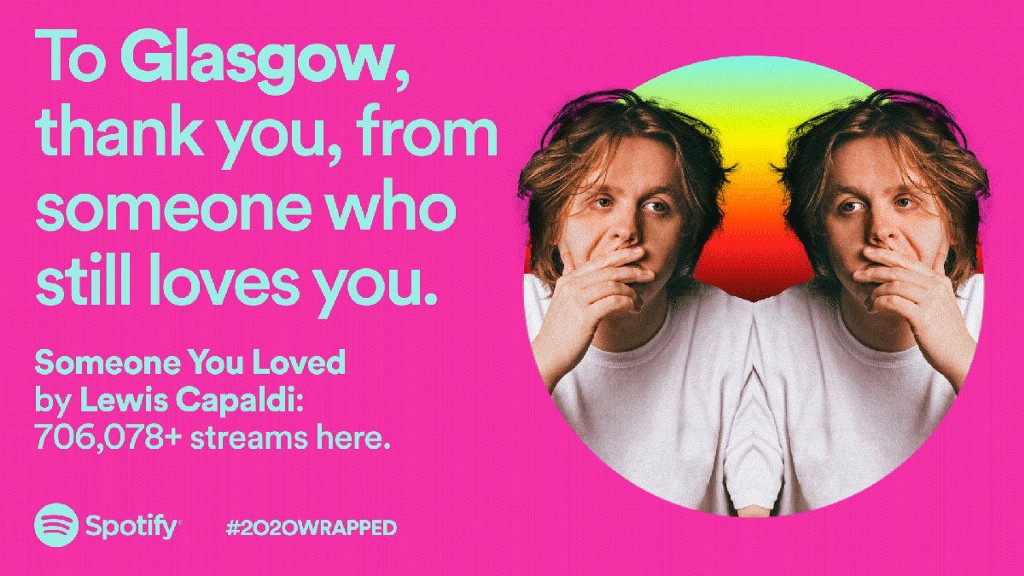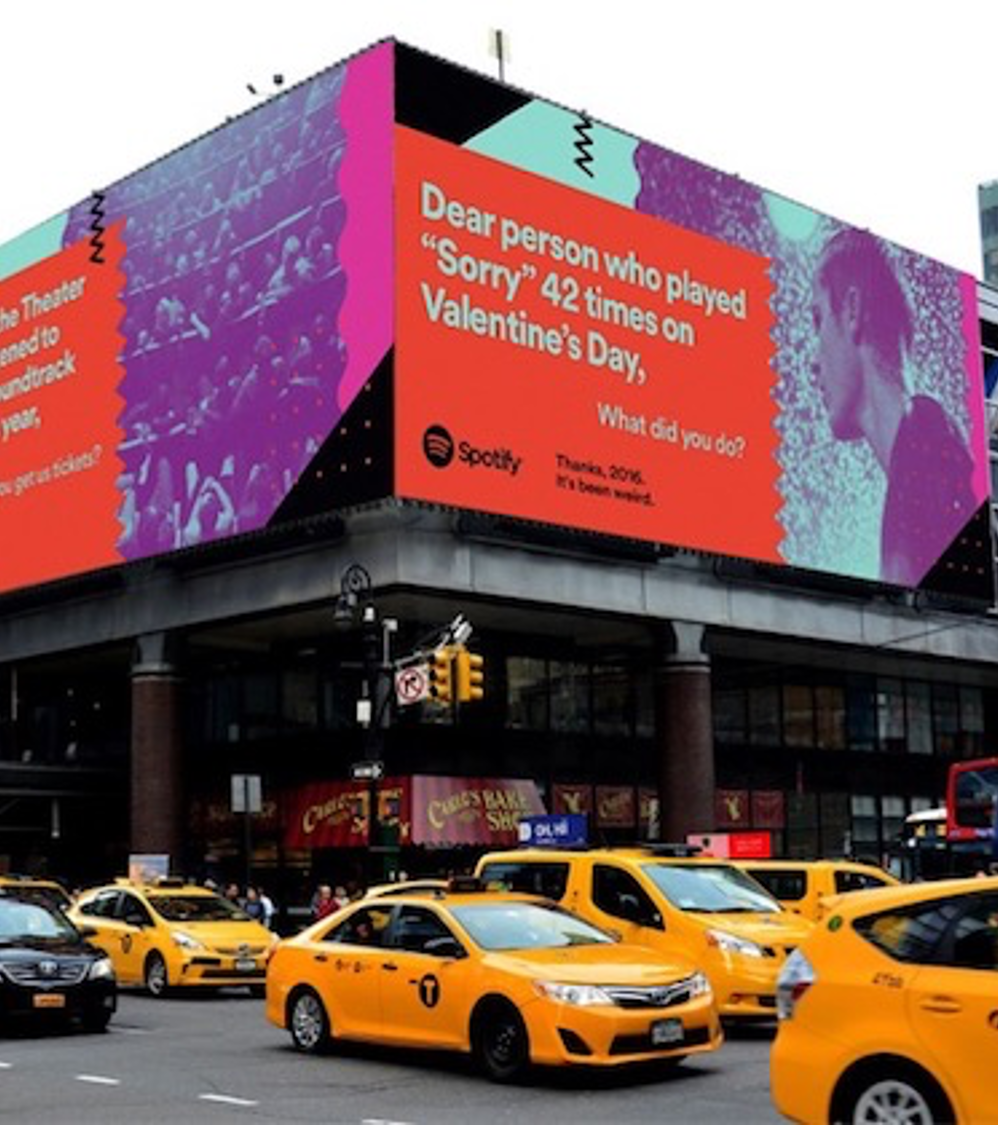Digital-first design is well and truly here and COVID-19 has accelerated the trend. Increasingly, people are aware that a digital brand is a brand built on quality experience and design. Today brands literally live and die in the consumer's hands, and often digital experience is baked into the DNA of a product.
But what if all this focus on optimising digital interfaces is overlooking the value added by getting beyond the screen?
Let’s talk about Out of Home
Appearing on TV, in the newspaper or over the radio — these touchpoints have been mainstays for decades. Making up part of ‘Traditional Media’, they’ve taken a beating in recent years as digital spend climbed towards 51% of global media investments. And where the money goes, the industry follows. Digital Customer Experience Consulting has become the new growth engine of big players like PWC, Accenture and Deloitte.
Yet, the share of Out of Home (OOH) in global net investments has been stable — it remains at around 6% and is worth over twenty-eight billion dollars today. Out of Home refers to any outdoor visual media: think posters on metro platforms, signs at the bus stop, and billboards at the airport. These are everyday channels. We interact with OOH outlets more regularly than we might believe.
The picture is brighter when looking at traditional media — the share of investment is up from 7% to 21% globally. This growth is fuelled by its ability to deliver long-lasting consideration. One research project showed that well-placed posters can lead to a 17% uplift in audience message recall compared to other mediums.
Equally, what can be done with OOH has been enhanced a lot by digital developments. This is a lesson that Spotify learnt early and learnt well…the success of their personalised OOH approach could provide inspiration for other digital-first players when it comes to building a cohesive identity that spans touchpoints.
Out of home has become a really powerful canvas for us…we return to it because it’s working. It allows you to create a moment… I don’t think anyone ever realised that smartphones would actually turn out of home into a social medium.
— Alex Bodman, Spotify Global Executive Creative Director at Spotify.

What Spotify can teach us about showing value
For the last five years, Spotify has run a global campaign that has become a cultural phenomenon – the year Wrapped. Every December Spotify crunches the numbers to give users a unique retrospective. They can dig into the songs they’ve listened to all year and are provided with easily shareable personalized graphics to let the world know just how fantastic their music taste is. And people genuinely love

Part of the reason people love it is just how seamless they make it to engage with. First of all, appearing in their native app with several varieties of custom graphics that can be shared at a click or a push of a button to social channels. Secondly, digital brands know how important a good interface is and pride themselves on investing in interface design that captures their essence and represents them well across all platforms.
But what is equally important is the underlying social graph. Native players must build on an underlying social framework beyond just online platform. They do not forget the power of real-world ties and forge communities between users. Think Reddit or even LinkedIn.
For me, that’s what Spotify does so well with its OOH experience – they leverage data to tell stories about users up and down their value chain.
How they approach mass-personalization:
- Messaging at milestones: Spotify chooses the end-of-year period to deliver its key messages and make a public statement at a time when emotions and reflective tendencies are already a little charged.
- Locally tailored: Location is key for their user experience and large OOH sites are chosen for a positive in-your-face effect. At the same time, the message is tailored locally to increase recall through contextual relevance.
- Phased and integrated: Being consistent and cohesive across touchpoints is critical in user experience. Spotify shows this doesn’t just stop at the edges of your screen. Supporting OOH with phases of digital activations creates a complete environment in which the audience comes to experience you.

At its core, Spotify’s campaign uses contextualised OOH, with local data informing the site selection and messaging, to perfection. Whilst OOH has been a key storytelling medium it is well supported with digital activations. They kick-off with an OOH reveal for an instant ‘earned media’ splash — that is gaining free commentary that repeats their message as a result of being remarkable in their execution. Before following this up with digital advertising, a micro-site and of course personalised playlists and graphics. In tone and execution, there is cohesion throughout and this is critical for developing their identity.
Lessons for being memorable
Spotify’s year Wrapped can be explored a million ways but for me, it’s a case study in integrating offline touchpoints into the identity of native digital players. For those wanting to put the lessons to work, I see three principles:
- A clear user-experience does not stop at the interface: From the look to the feel and the language. Everything about Wrapped is cohesive to the point of reinforcing a single experience with the brand. How a user experiences you aren’t just how they click on a screen, it’s also what they hear and sees across all touchpoints. Spotify shows you can still be personalised to great effect with OOH.
- Focus on engagement even when you can’t capture it: Online brands compete for engagement more and more. After all, engagement is money in today environment. As this is easy to monitor online, some focus only on optimising what they say and do in this space. Spotify shows us the reality of experience loops, how media in the offline world can be shared and amplified on the digital space.
- Use data to inform your storytelling: Too often actors talk about what it is they do with little reference to those who use their product or service. A shift needs to happen towards spinning stories about the user experience to both deepen your links with them and demonstrate added value. Spotify shows us how digging into your user data can help develop a narrative about use that stands out.
Not every communicator is a Spotify, not every communicator can rely on reams of user data to cherry-pick remarkable stories that span touchpoints. But every communicator wants to be remarkable, otherwise, you are not worth remembering. And if you’re not remembered, your identity is lost and the value of your user experience is zero.

Lessons from Spotify: using multiple touchpoints to build an identity was originally published in UX Collective on Medium, where people are continuing the conversation by highlighting and responding to this story.